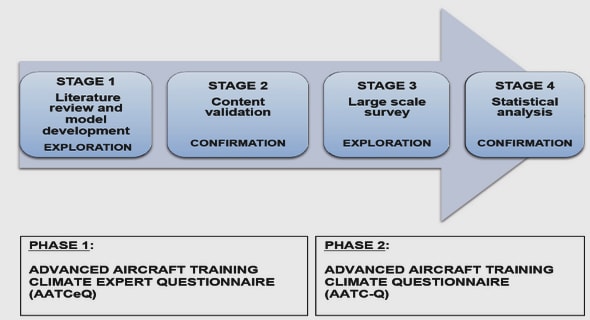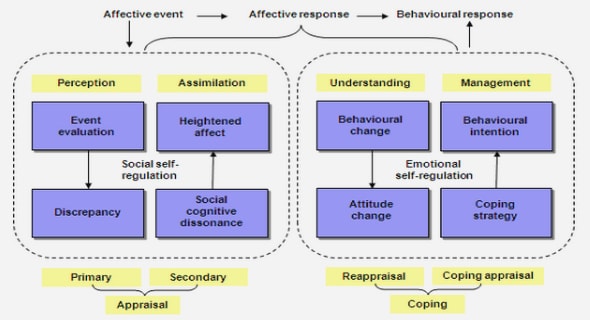Get Complete Project Material File(s) Now! »
Bankruptcy
The main debt relief procedure available to insolvent individuals in England and Wales is bankruptcy under the Insolvency Act of 1986.460 Bankruptcy orders are granted by the High Court on the lodging of a petition by a debtor or creditor(s) in the prescribed form and circumstances.461 Debtors filing for bankruptcy must lodge a statement of affairs with the Court, demonstrating an inability to pay their debts.462 Once a bankruptcy order has been granted the majority of bankruptcies are administered by the Official Receiver.463 A private trustee may be appointed by the creditors to succeed the Official Receiver,464 but this is normally done when there are enough assets to make theappointment worthwhile, or if there are matters within the bankrupt estate that require an extraordinary investigation. 465 The debtor must submit him or herself to an initial investigation by the Official Receiver and any private trustee who may subsequently be appointed. 466 During the course of the bankruptcy the debtor surrenders all his or her non-exempt assets towards the payment of his or her debts.467 The surrender of assets may include contributions from his or her surplus income. These contributions are, however, limited to a maximum of three years.468
The current discharge dispensation in England and Wales resembles that of Australia in that it relies on the automatic discharge provision.469 As a result of amendments promulgated by the Enterprise Act of 2002, the Insolvency Act of 1986 provides for the automatic discharge of the debtor no later than one year after the commencement of the bankruptcy case. 470 A debtor may even receive a discharge earlier than one year where the Official Receiver considers that an investigation of the debtor’s conduct and affairs is unnecessary or has been completed. Under these circumstances the Official Receiver may file a notice for the debtor’s discharge with the Court.471 Where no objections are made by interested parties to this notice the debtor is discharged from the date the notice was filed with the Court.472 This type of discharge is known as an “early discharge.” 473 The debtor will receive an automatic or early discharge irrespective of the fact that he or she is still making contributions under an income payments order, or that some of his or her assets have yet to be sold.474 The discharge does not release the debtorfrom the obligations under an income payments order made before the debtor’s discharge.475
The Official Receiver may apply to the Court to suspend the discharge of a bankrupt who is not complying with his or her duties during the bankruptcy for a specified period of time and the bankrupt must then apply to the Court to have the suspension lifted.476 In addition, the discharge provision does not apply to individuals who have been made bankrupt as a result of a criminal
bankruptcy order.477
Individual Voluntary Arrangements
An individual voluntary arrangement is an alternative to bankruptcy available to debtors under the Insolvency Act of 1986. This procedure is a binding consensual agreement between the debtor and his or her creditors on terms set out in a proposal drawn up by the debtor with the assistance of an Insolvency Practitioner.478 In order to bind the debtor and his or her creditors to the agreement, a creditors’ meeting must be called to consider the proposal and more than 75 per cent of the creditors in value must vote to approve the proposal.479 Under section 253(1) of the Insolvency Act of 1986 the proposal is required to be “for a composition in satisfaction of the debtor’s debts or a scheme of arrangement of his affairs.” The interpretation of this provision allows the debtor a wide range of solutions that he or she may offer the creditors, which include surplus income payments and an assignment of property.
CHAPTER 1: INTRODUCTION
1.1 Background
1.2 Research Statement
1.3 Research Objectives
1.4 Overview of the Chapters
1.5 Scope of the Research
1.6 Limitations to the Study
CHAPTER 2: AN OUTLINE OF THE PHILOSOPHIES AND TRENDS IN MODERN BANKRUPTCY LAW
2.1 Introduction
2.2 Brief Orientation of the Law of Bankruptcy
2.2.1 Historical Development of Bankruptcy
2.2.2 Conventional Objectives of Bankruptcy Law
2.3 An Exposition on Modern Bankruptcy Law Theory
2.4 The American Fresh Start Principle
2.4.1 Brief Historical Overview
2.4.2 Theoretical Justifications Behind the Fresh Start Policy
2.4.3 Remarks on the Success of the Fresh Start Theory
2.5 Current Trends and Guidelines for Reforming Bankruptcy Laws
2.6 Conclusion
CHAPTER 3: THE TANZANIAN DEBT RELIEF REGIM EXPOSED
3.1 Introduction
3.2 Brief Historical Overview
3.3 Debt Relief under the Bankruptcy Act
3.3.1 Creditor’s Petition
3.3.2 Debtor’s Petition
3.3.3 General Formalities required for Petitions
3.3.4 Receiving Order
3.3.5 Adjudication of Bankruptcy
3.3.6 Compositions and Schemes of Arrangement
3.3.7 Discharge of the Bankrupt
3.3.8 Administration of Small Estates
3.4 Alternatives to Bankruptcy and Reform Initiatives
3.5 Conclusion
CHAPTER 4: DEBT RELIEF SOLUTIONS IN SOUTH AFRICA
4.1 Introduction
4.2 Short History of South African Insolvency Law
4.3 The Nature of South African Insolvency law
4.4 Debt Relief Measures in terms of the Insolvency Act
4.4.1 Voluntary Surrender
4.4.2 Compulsory Sequestration
4.4.3 Friendly Sequestrations
4.4.4 Rehabilitation
4.4.5 Composition
4.5 Alternative Debt Relief Measures
4.5.1 Administration Orders
4.5.2 Debt Review and Debt Restructuring Under the NCA
4.6 Conclusion
CHAPTER 5: APPROACHES TO DEBT RELIEF IN SELECTED FIRST WORLD COMMON LAW JURISDICTIONS
5.1 Introduction
5.2 United States of America
5.2.1 Overview of the Procedures Available to Consumer Debtors
5.2.2 Overview of the Reforms to the American Bankruptcy System
5.3 Australia
5.3.1 Bankruptcy Proceedings
5.3.2 Alternatives to Bankruptcy
5.4 Canada
5.4.1 Bankruptcy Proceedings
5.4.2 Alternatives to Bankruptcy
5.5 England and Wales
5.5.1 Bankruptcy
5.5.2 Individual Voluntary Arrangements
5.5.3 Debt Relief Orders
5.6 Conclusion
CHAPTER 6: APPROACHES TO DEBT RELIEF IN SELECTED CIVILIAN AND SCANDINAVIAN LEGAL SYSTEMS IN CONTINENTAL EUROPE
CHAPTER 7: CONCLUSION


